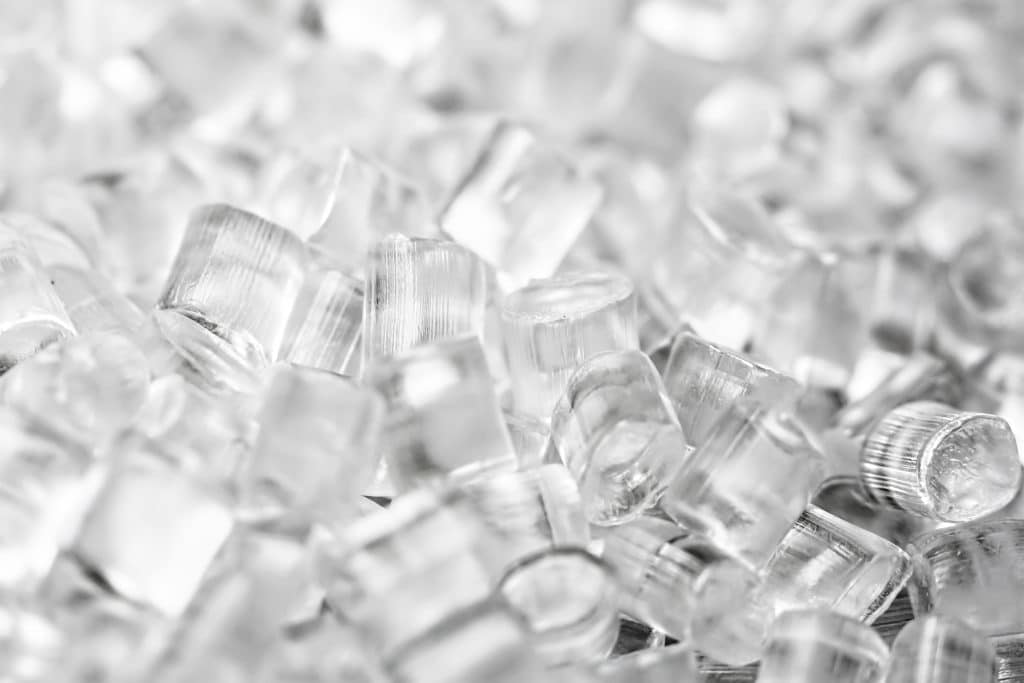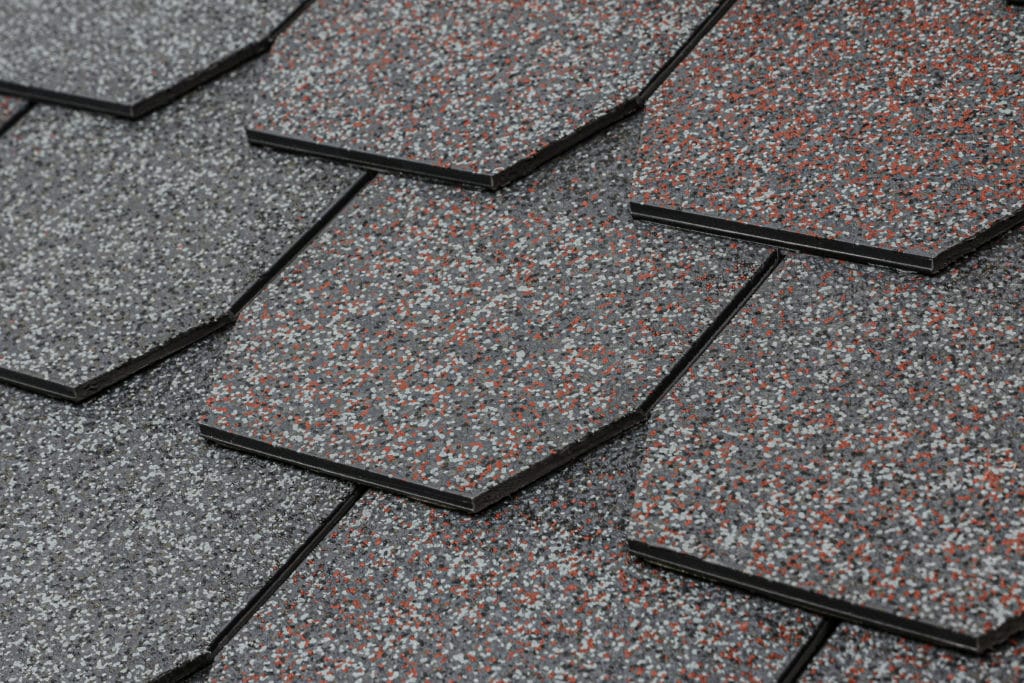

How Thermoplastics are Transforming the Roofing Industry
Sustainable plastic? Decades of roof protection? YES. And not in some distant future – today.
Thermoplastics are revolutionizing many manufacturing processes through their potential for sustainability as well as their inherent benefits. Consider this quote from the publication, Composites in Manufacturing:
“The universal advantage of thermoplastic resins is that they can be softened and reformed endlessly without major loss of physical properties. Once a thermoplastic product reaches the end of its life cycle, it can be melted and reformed for a new application, decreasing material waste.”
Thermoplastics are also lightweight with excellent strength and durability. Using thermoplastics on the interior sections of a car door, for example, can reduce its weight by half. Even today’s aircrafts are often made of more than 50 percent plastic composite parts. Thermoplastics have rapidly grown to over 40% of all commercial membrane roofs. Now it’s the residential roofing industry’s turn.
Thermoplastics Defined

But let’s start at the beginning: what are thermoplastics?
According to ScienceDirect, thermoplastics are a class of polymers (or long, repeating molecules) that can be softened by the application of heat and can then be shaped in either a solid state (by thermoforming) or in a liquid state (by extrusion and injection molding).
F Wave is at the forefront of bringing these processes to the roofing industry. Each of our premium-quality synthetic shingles is manufactured in one whole piece out of a proprietary blend of commercial-grade polymers, which makes them stronger, lighter, and more durable than traditional roofing materials.
Sustainable
According to UNESCO, the concept of sustainable development is that which “meets the needs of the present without compromising the ability of future generations to meet their own needs.”
The common concern with plastics is that millions of tons are made and thrown away every year, leading to higher carbon emissions and glutted landfills – neither of which benefit future generations. But thermoplastics don’t have to contribute to this reputation. According to the publication Sustainable Polymer Composites and Nanocomposites, “Sustainable thermoplastic nanocomposites are of great importance because they possess the potential to resolve concerns on the emission of greenhouse gases, depletion of fossil fuels, and pollution.”
In other words, thermoplastics are one way to reduce our carbon footprint. They reduce the weight of motor vehicles, which significantly increases their fuel efficiency and reduces emissions. As another example, F Wave’s synthetic shingles have been engineered to eliminate unnecessary polymer from underneath the shingle by incorporating reinforcing ribs, making the product thicker and more dimensional on a roof, without adding additional polymer and weight.
Finally, when thermoplastics reach the end of their product life cycle, the energy stored in their chemical bonds can be converted into electricity, synthetic gas, and other fuels. This energy recovery is rapidly becoming another source of renewable energy.
Reusable

The majority of plastic is formed from petroleum-based compounds made from decomposed organisms that are found naturally in the earth. These compounds can be made into plastic and also into fuel. However, because petroleum is not an endless resource, we must use what we have wisely.
Despite being sourced from natural matter, many plastics are non-biodegradable. However, as mentioned above, thermoplastics are truly reusable – they can be heated and reformed repeatedly without significant loss of physical properties. In addition, recycling thermoplastic roofing into a new roof or an alternative polymer product, is efficient and environmentally friendly. In contrast there are typically over 10 million tons of asphalt shingles sent to landfills each year, and these shingles can take up to 300 years to break down. Don’t take our word for it, read about the environmental issues associated with asphalt shingle recycling.
Strong and Durable
Thermoplastics have a longer service life than other materials because they are less prone to dent, ding, chip, crack, splinter, or fray; they’re also chemical-resistant. If a material is good enough to improve safety and durability in a car or airplane, it’s surely good enough to protect residential property.
F-WAVE® REVIA® Synthetic Roofing Shingles are specifically designed to be wind resistant up to 130 mph with a Class A fire resistance rating and a Class 4 hail impact resistance rating. They are backed with a 50-Year WeatherForce® Advantage Warranty, which includes our unique replacement warranty for damage from hail up to 2″.
Greater Service from Thermoplastics
For all of these reasons, thermoplastics are providing a reusable resource for our planet — and that’s why we’ve engineered our shingles with this particular material.
F Wave uses top-of-the-line, thermoplastic material in our manufacturing process because we want contractors and homeowners alike to receive the full extent of benefits from our synthetic shingles. Explore our collection of REVIA® shingles to discover how sustainable meets strong and stunning. And, check out our YouTube channel to see how F-WAVE® REVIA® shingles perform against 2-inch hailstones, 130 mph winds, and fire.


